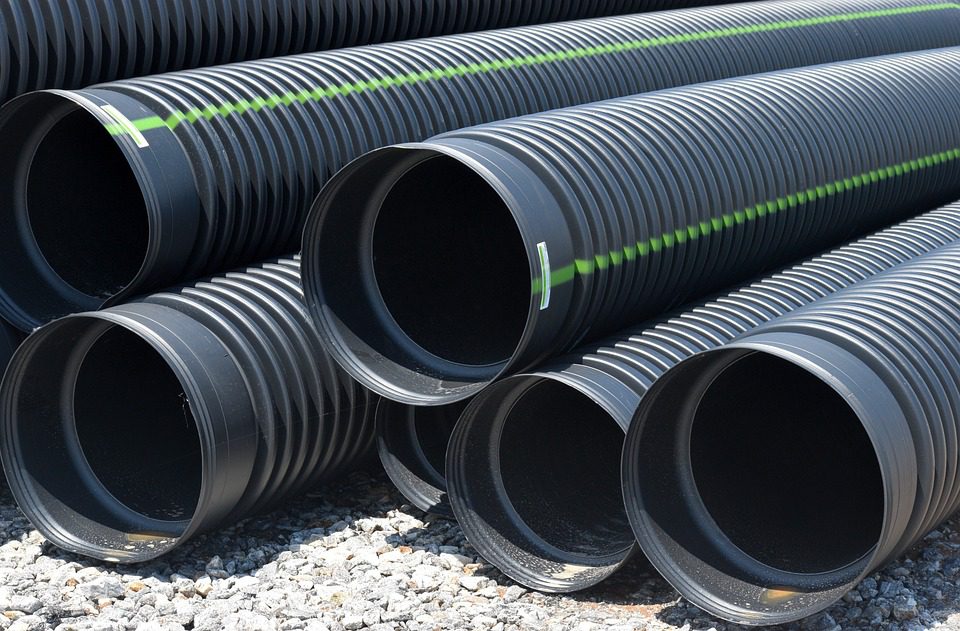[Plumbing issues can be daunting, but fear not! Many plumbing problems can be tackled by beginners with only a few simple tools and a bit of patience. Of course, there are some situations where it’s best to call in a professional, but for simple fixes like unclogging a sink or fixing a leaking faucet, DIY can save you a lot of money.
The first rule of DIY plumbing repair is safety. Make sure you turn off the water supply before attempting any work on pipes or fixtures. If you’re not sure where the shut-off valve is located, find it before you start. It’s usually located near the water meter or where the main supply line enters your home. Turning off the water will prevent any unexpected accidents or spills.
Clogged drains are among the most common plumbing problems. While it can be tempting to reach for a chemical drain cleaner, there are better alternatives. You can try using a plunger or a plumbing snake to clear the blockage. Plungers work by creating suction to dislodge the debris causing the blockage. A plumbing snake can be used to loosen and remove the obstruction. If you don’t have a plumbing snake or don’t want to purchase one, a wire hanger can be bent into a hook shape and used with success.
Leaking faucets can also be fixed by beginners. A dripping faucet is not only annoying, but it can also increase your water bill over time. The cause of a leaky faucet is usually a worn-out washer or O-ring, which can easily be replaced. First, shut off the water supply to the faucet, then remove the handle and the nut holding the valve cartridge. Inspect the washer and O-ring for damage, and replace if necessary.
Toilets can also have issues that can be fixed easily by beginners. One of the most common problems is a running toilet. This is usually caused by a worn-out flapper valve, which allows water to continually flow from the tank to the bowl. To fix this problem, turn off the water supply to the toilet, drain the tank, and remove the old flapper valve. Replace it with a new one and turn the water supply back on.
If DIY plumbing repair seems like too much, don’t hesitate to call in a professional. Some problems, like broken pipes or major leaks, require specialized tools and knowledge that most beginners don’t have. However, by following simple safety guidelines and trying some basic fixes, many plumbing problems can be solved without the need for a plumber.
In conclusion, DIY plumbing repair is not as scary as it seems. With a few basic tools and some safety guidelines, beginners can tackle many common plumbing problems. As always, if you feel uncomfortable or unsure about any aspect of the repair, call in a professional for help.

